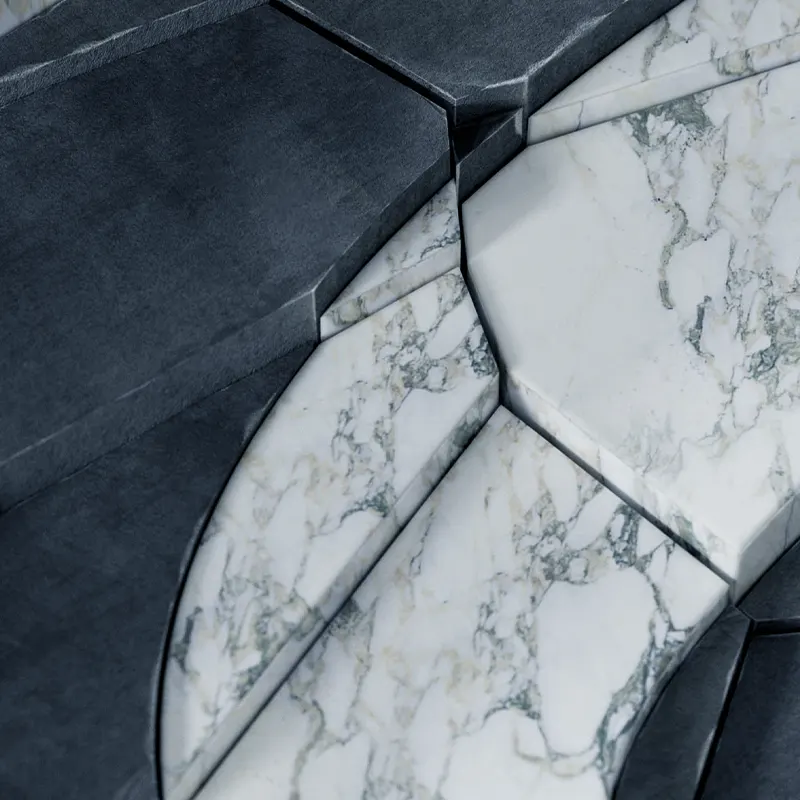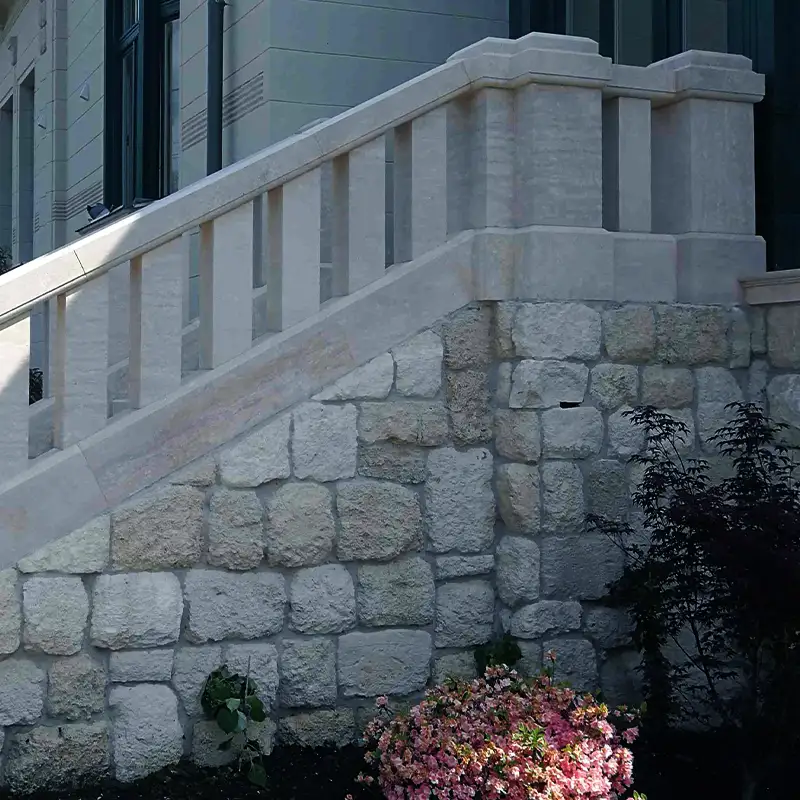We've already written about the limestone in our product range, but now let's look at exactly what is travertine?

TRAVERTINE, OR FRESHWATER LIMESTONE
Like the other members of the family, travertine is a single-element sedimentary rock. what is typically different is that it is formed by the precipitation of calcium carbonate from fresh water at hot springs or in limestone caves, with at least 90% of its constituent elements being calcite or aragonite. The remainder is composed mainly of other carbonate minerals, quartz or chert, clay and organic matter. It is a relatively brittle, rigid, firm and ductile rock. Limestones of various ages occur in many places at the surface in the mountainous areas of Hungary, and their subsurface distribution is even more significant.
As travertine has a long lifespan (just referring back to our article on limestone), you should also consider long-term investment when planning. In terms of its design and surface finish, travertine tiles are non-slip, which means they can be used safely in wet rooms (bathrooms, swimming pools, etc.), or even as an indoor tile or kitchen countertop thanks to their polishing. It requires little maintenance and is more affordable in the long run, as you will probably never have to spend on new tiles again.
Among the limestones used in architecture, the most common and well-known are: the limestone of Salskút, Fertőrákos near Lake Fertő, Budakalász and Süttői. The flesh-coloured limestone from the Tardos quarry is also known as “Hungarian marble”. We also use Turkish limestone, which has the same quality and properties as the Süttői stone.
Our types
During the processing of the stone, different surface finishes are applied, resulting in a smooth surface that is the perfect choice for the application… For example, if a room has a lot of natural light and the aim is to be glare-free, the elements that cause glare or reflection are removed, resulting in a matt (unpolished) surface that is less reflective and free of bumps.
- Matt and sealed – imperfections and pores are filled, leaving a matt finish after sanding.
- Matt and unsealed – imperfections and pits (pores) are left unfilled, leaving a matt finish after sanding, giving a more rustic feel, especially in outdoor applications.
- Glossy – mirror-like finish that creates a high gloss surface.
- Sprinkled – Cracked edge finish – a process that gives the stone a natural look, an antique look. for outdoor use such as patios, garden paths, decorative exterior wall surfaces, pool …
- Cracked – a special small natural-looking stone, for outdoor and indoor use, for decorative wall surfaces …
- Abraded – this process gives an antique, rough look. Hard plastic or metal brushes are used to achieve the final shape.
Related products

Granite
Its high strength, its variety of colours, its durability and the fact that it is quarried in large blocks make it suitable for a wide range of architectural uses: as paving stones, kerbstones, plinths or facades, but also as crushed stone for roads and railways.
Related information

Travertine
We’ve already written about the limestone in our product range, but now let’s look at exactly what is travertine?


